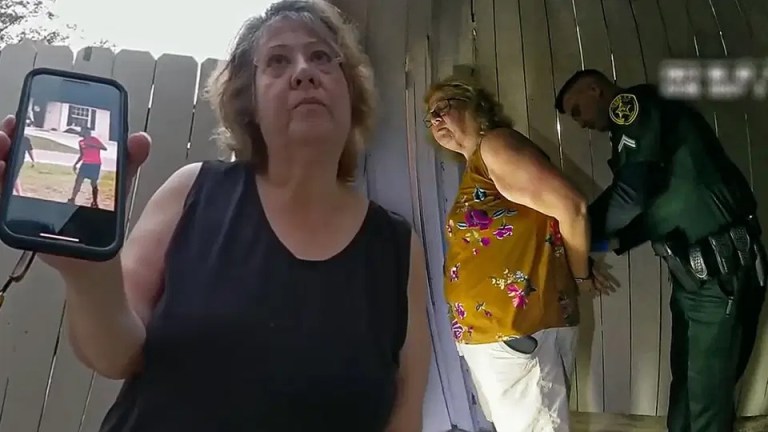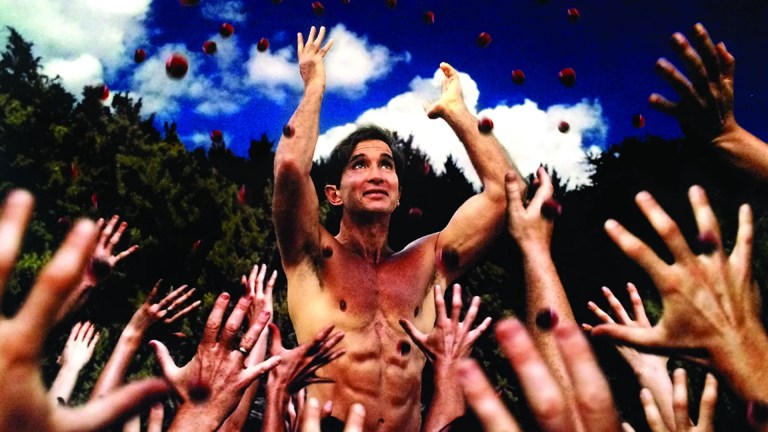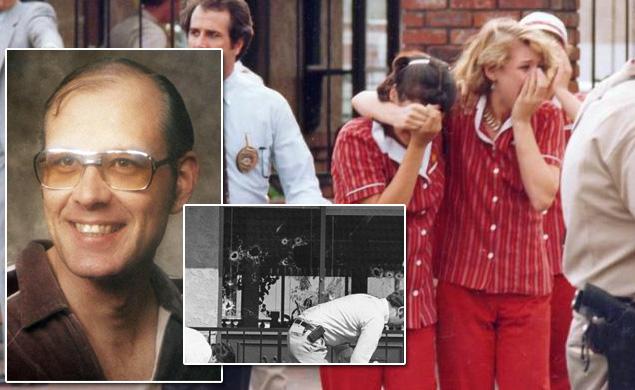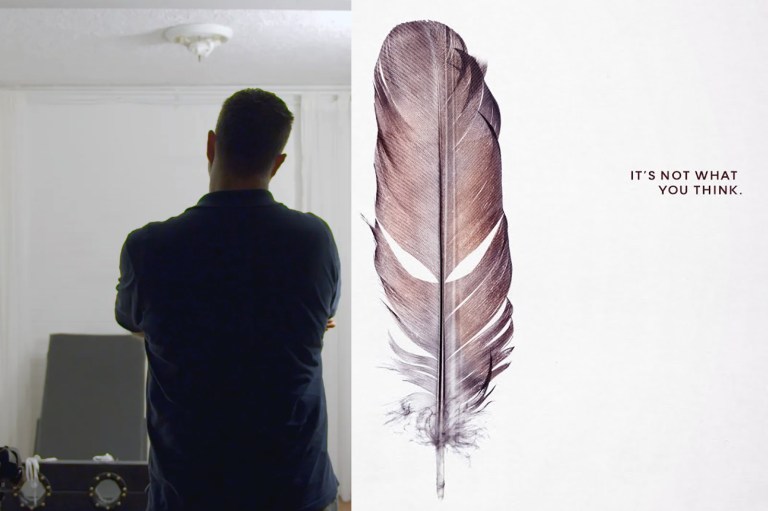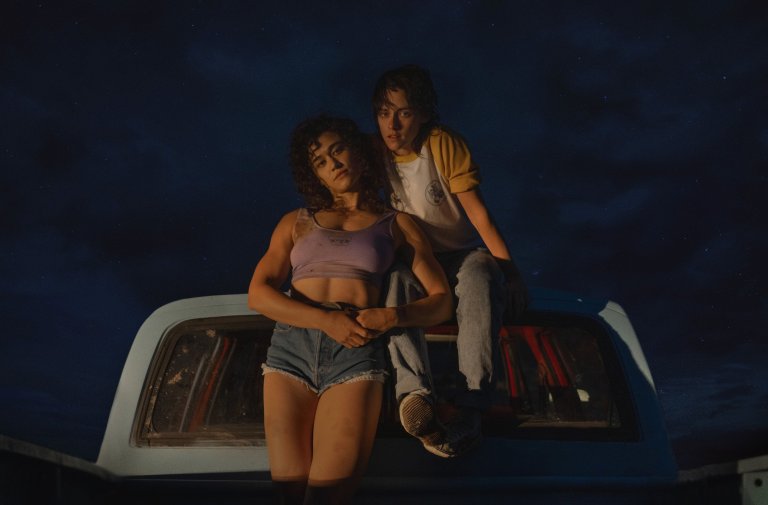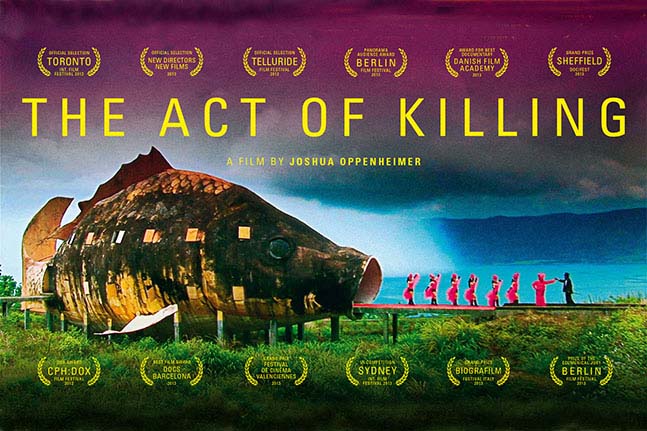
This Shocking Documentary About Genocide Will Destroy Your Faith In Humanity
Horror fans like to think nothing can disturb them. Then they watch The Act of Killing and learn they are in a different sub-genre entirely.
By Erin Whitten
Horror fans like to think nothing can disturb them. Then they watch The Act of Killing and learn they are in a different sub-genre entirely, where real life is once again scarier than fiction.
The Act Of Killing is a 2012 documentary directed by Joshua Oppenheimer, Christine Cynn, and an anonymous Indonesian co-director, this film tracks real perpetrators of the 1965–66 Indonesian mass killings as they’re asked to re-enact their crimes on camera. Filmed mostly in Medan, North Sumatra, the film follows executioner Anwar Congo and his compatriots as they stage their past while Congo’s own psyche begins to crack reliving the horrors.
What is The Act Of Killing about?
The new regime came to power after the failed September 30th Movement of 1965, and the New Order’s consolidation of power included the slaughter of hundreds of thousands of alleged communists, union members, intellectuals, ethnic Chinese, and other so-called enemies. Paramilitaries and preman gangsters were involved in much of the killing that organizations like Pancasila Youth went on to enjoy a kind of glorified impunity, which is clear in the documentary. Oppenheimer’s camera follows Anwar Congo and other perpetrators like Herman Koto as they reenact their strangulations and stabbings and river dumps. It also shows how TV segments and public rallies show how impunity and propaganda have gone hand in hand for decades.
The most chilling part? It’s almost totally devoid of gore, and yet it’s nearly unwatchable. You will see perpetrators brag, stage ridiculous set-pieces, and even make light of sexual violence they committed during the killings. As the reenactments get cooked into something more sinister, Congo starts having involuntary panic attacks and vivid dreams of being strangled by his victims. The film also features how celebrated Pancasila Youth figures are, and how many have gone on to political careers, including on television. The open way in which the perpetrators describe extorting Chinese Indonesians has caused anger in China, and the Indonesian government also criticized the film as painting an unfair picture of Indonesia’s history.
Why did Oppenheimer decide to make a documentary about such a heavy subject?
The film grew out of The Globalisation Tapes, which is Oppenheimer and Cynn’s earlier Indonesian documentary made with plantation workers near Medan. Survivors urged them to film perpetrators, so starting in 2004 the team interviewed around forty men who, to their shock, were boastful about their actions. Oppenheimer concentrated on Congo because he sensed pain beneath the pride. Filming continued through 2011 with many Indonesian collaborators credited as “Anonymous” for safety. Oppenheimer has said the process took a psychological toll on the crew, yet they still released a follow up film after the success of The Act of Killing.
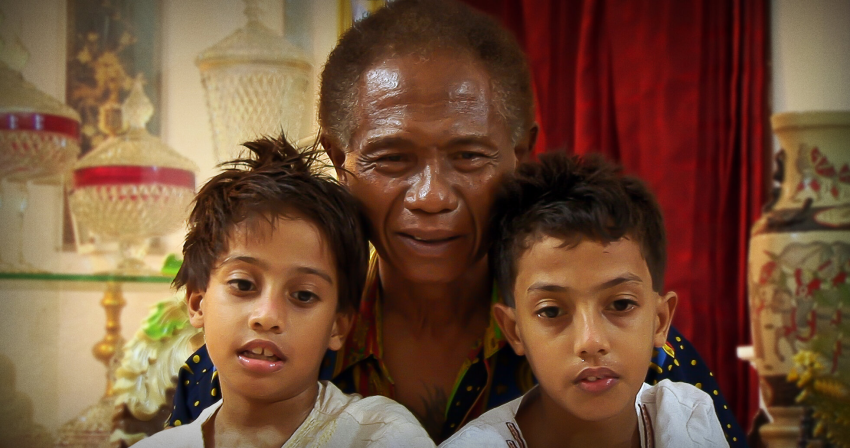
Telluride showed the world premiere on August 31, 2012, and the film had a long festival and theatrical run. Early prints and screenings used a 120-minute cut; a shorter 95-minute version was released for TV in 2013; and after positive response, the 160-minute director’s cut (first shown in Indonesia) was released to international acclaim and is now considered the definitive version. The risk of censorship in Indonesia was high, and early screenings were semi-underground, but expanded to more public events as buzz and pressure mounted. Critical response was largely unanimous. The Act of Killing won Best Documentary at the BAFTAs in 2014, and has been regularly included on 21st-century cinema best-of lists ever since. and a number of major critics and publications have cited it as one of the most important and bravest films ever made.
If you like to think you can handle horror, it’s a tough watch. The Act of Killing explores propaganda and performance and impunity while showing how nations construct myths over a basis of terror and thus becomes crucial viewing for interested individuals. The film has also led to further discussion about these killings, including about the role of Western actors, which is still being debated by historians today.
